Guides • Understanding Publishing
Last updated on May 31, 2022
How to Publish a Comic Book: An Indie Creator's Guide
About the author
Reedsy's editorial team is a diverse group of industry experts devoted to helping authors write and publish beautiful books.
More about the Reedsy Editorial Team →Martin Cavannagh
Head of Content at Reedsy, Martin has spent over eight years helping writers turn their ambitions into reality. As a voice in the indie publishing space, he has written for a number of outlets and spoken at conferences, including the 2024 Writers Summit at the London Book Fair.
View profile →You’ve done the hard part. You’ve meticulously outlined your comic book, written the story, and put the final touches on your artwork. Now it’s time to take the plunge: to publish your comic book and get it into your readers’ hands.
In this post, we’ll talk about how to launch the very first issue of your comic book and get fans champing at the bit for the next in the series. Here’s a 6-step process for publishing a comic book:
1. Finalize the format of your comic book
For the publishing process to begin, you need to know exactly how you will bring your comic into the world, whether it’s in digital form, as print copies, or both. You may have had this planned throughout your writing process, but if not, now’s the time to commit!
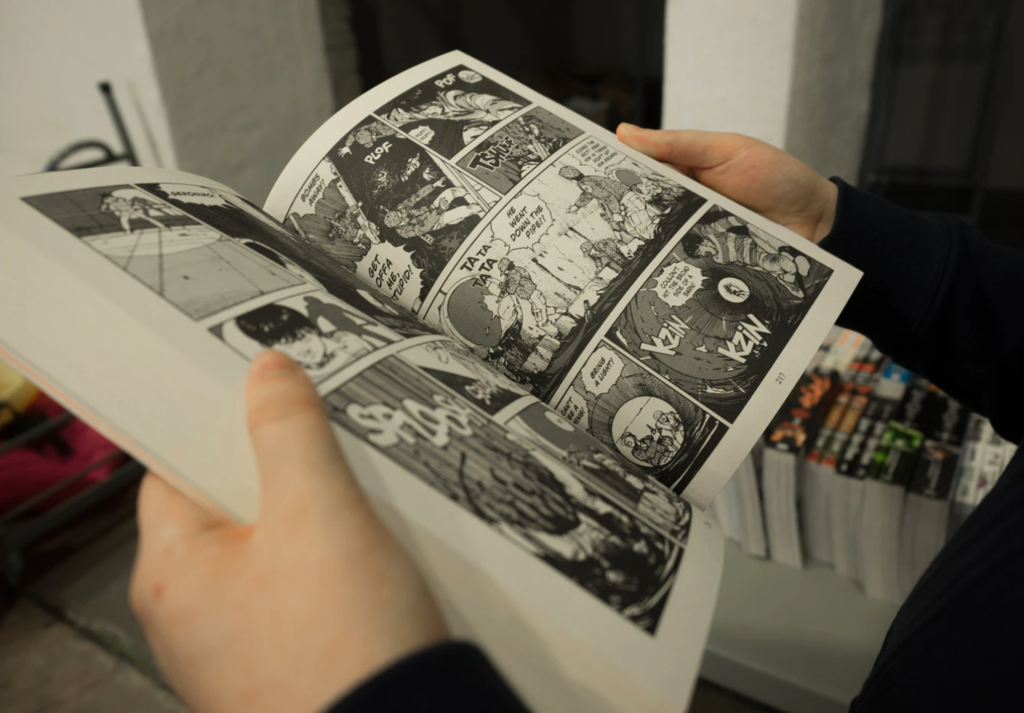
There are pros and cons to both formats. You may have your heart set on a print comic due to the nostalgic reading experience, and the fact that they’re, well, cool. But there is a growing audience for digital comics — and it’s wise to at least consider an ebook option for your work. Going digital-only, you’ll also be slicing your production costs significantly. If you’re wanting to turn your comic into a money-making venture, then digital is the way to go.
Ultimately, whether you choose to go digital, print, or take a hybrid approach is down to your personal publishing goals. We’ll discuss the technical requirements for each option later, but for now, you just need to pick a publishing path so that your research into retail options can begin in earnest.
2. Choose a self-publishing platform for publication
There are plenty of platforms out there where self-publishing comic book authors can publish and sell their work, and it’s worth taking some time to decide the best fit for you.
An appropriate platform will give the right readers the best chance of finding your work. Fans of certain types of comics don't want to look too far for new indie authors, so your best starting point is to look for indie comics like yours, and figure out where they’re being sold.
If you’re going digital…
If you’re looking for a digital comic retailer with a big customer base, ComiXology is a good place to start. With over 50,000 titles on site, comiXology offers a broad scope of comics, in which you're likely to find titles similar to your own. Indie authors can submit their work via Amazon KDP — ComiXology recently moved to an Amazon storefront — and be retailed alongside big hitters like Marvel and DC Comics.
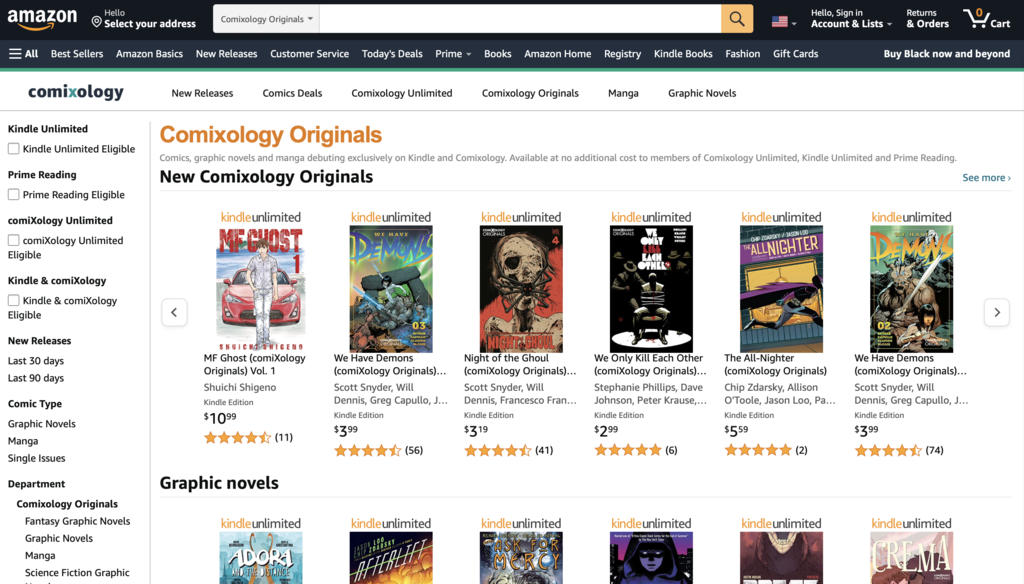
If your work has a niche audience, you may find that a specialist platform will let you better reach your target readers. For example, Webtoon is a hugely popular site where artists can upload and monetize their work, known specifically for their mobile-friendly vertical scroll formatting. Webtoon hosts comics of varying styles, but are best known for their collection of manhwa, a South Korean style of comic book or graphic novel art. When you’re looking at these sites, find those that host titles similar in style or genre to you, as that’s where your target audience will be looking.
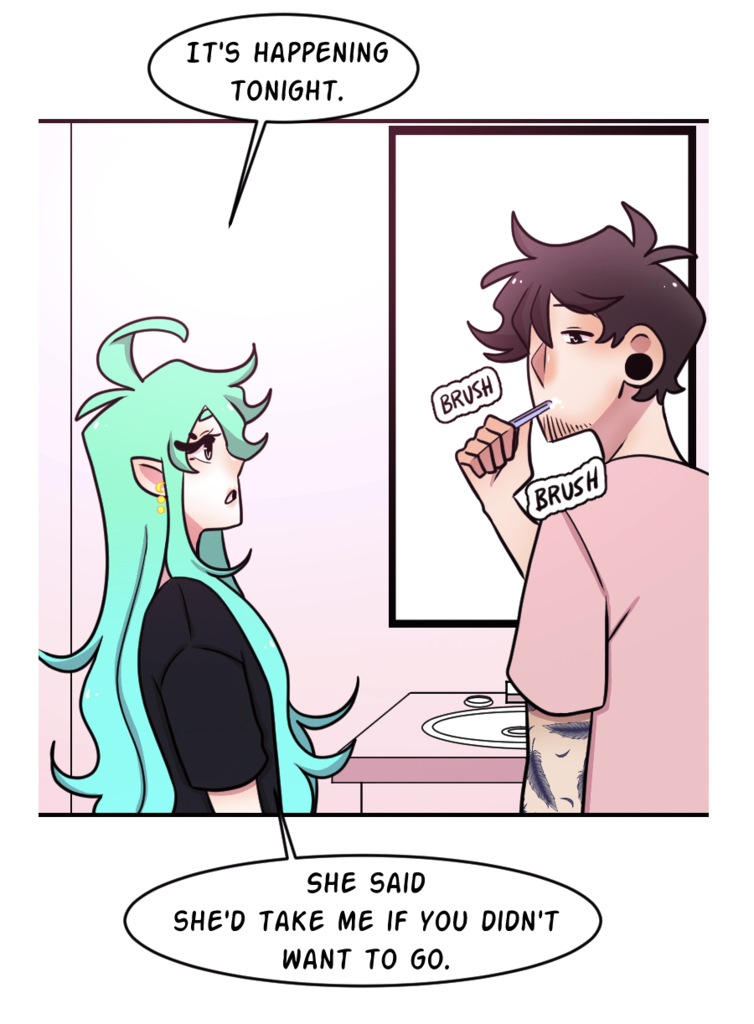

If you want to offer print copies…
If you want to offer print copies of your comic book to readers, you’re probably going to have to handle the retail side yourself. Without a reasonably priced direct-to-consumer print-on-demand service for saddle-stiched comic books, many indie artists have taken to doing it the old-fashioned way.

A common course of action is to print out a limited run of your comic and handle the selling of your comics yourself, through your author website or via another storefront. Don’t forget to stick your head into local comic stores and introduce yourself to their fine proprietors. Indie comic stores love supporting local writers and artists, so ask their buyers what they need in order to stock your book.
The biggest drawback to printing and selling your own comic is that you won’t have easy access to a global audience, so you’ll have to take your marketing efforts seriously to avoid paying for a load of stock you won’t shift. On that note, once you have a solid retailing plan and are confident your readers will be able to find your work, you can start the next phase in your publishing plan: reaching out to those readers.
3. Build attention on social media
It’s never too early to start marketing your comic book. In fact, if you wait until your launch to begin promoting your title, you’ve left it too late. Here are a few ways to capture interested readers early on and set yourself up for a successful launch.
Harness the power of social media
While the stereotype of the snide, judgmental online comic book fan is alive and well in some corners of the internet, in reality, you'll be hard-pressed to find a more passionate community of readers who are supportive of new exciting work.
As someone who's interested in comic books, you should aim to be a supportive voice in these online spaces. Share the new titles that you love, champion other comic creators, and always be kind. Don't be the person who parachutes into a forum, group, or subreddit just to plug their own work.
By being a friendly and approachable voice in the comic book space, you can build a community of followers who are looking to support indie titles like your own. And when the time comes to hit publish, they’ll be the first people to tell, because they’ll be there to amplify your message, buy your comic, and leave plenty of reviews!
Of course, don't hesitate to show off some of your work — especially on image-led platforms like Instagram, where countless comic artists have found their fan-base.
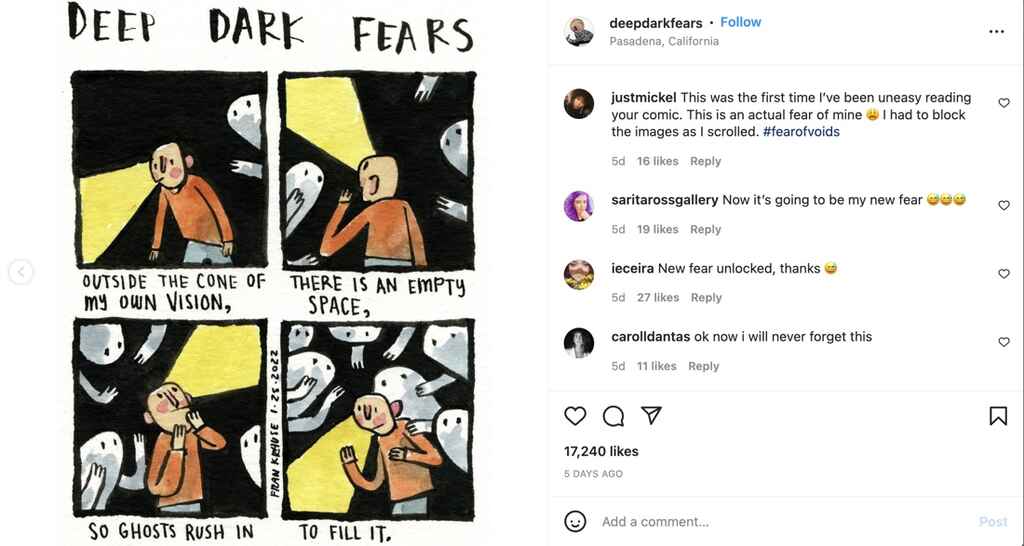
Fran Krause's Deep Dark Fears Instagram account (above) shows a creator finding an audience through social media — as well as other aspiring artists participating in the community.
In the run-up to publishing your comic book, share snippets of your work, and keep followers up to date with what you’re doing. A countdown to launch day will also help keep your work fresh in the mind of your followers.
Crowdfund your comic 💰
You’ve probably seen other comic book creators raising money and awareness for their stories on sites like Kickstarter and Patreon. Publishing a print comic can be expensive, especially if you want to bring on expert help like colorists or letterers, or require specialist printing to realize your vision.
A good crowdfunding campaign can also help build anticipation ahead of launch day, since your backers make up a group of "super supporters" who are literally invested in the success of your comic! They will naturally be inclined to help you amplify your launch, share your work, and leave reviews. However, as with convincing any investor, you will have to make a strong case for your project to win them over. (Studying successful crowdfunding campaigns is a good starting point!)
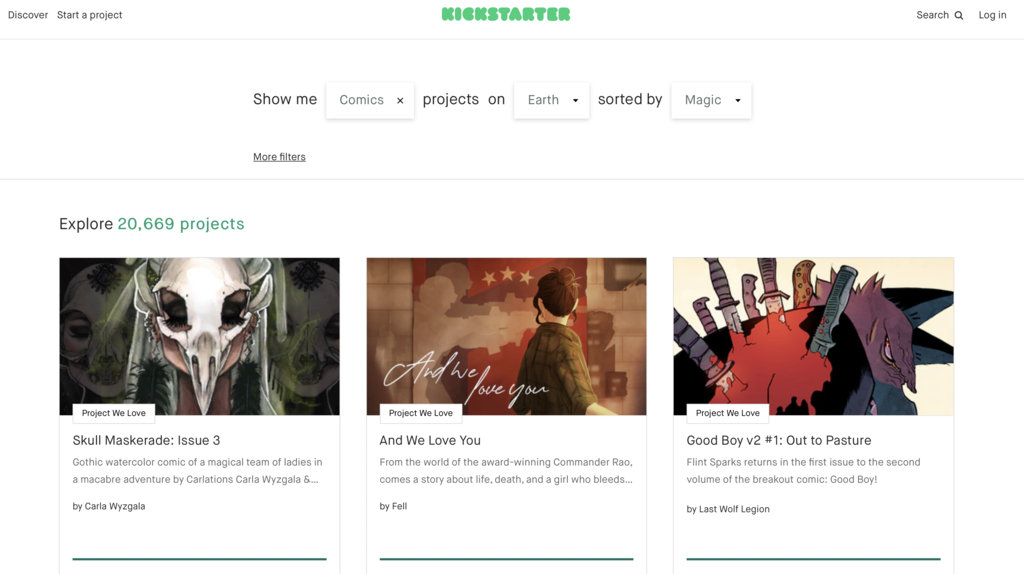
You won’t get something for nothing: to drum up support, you’ll want to give your potential fans an idea of what they’ve got in store. Share quality concept art, teasers, and give incentives for your patrons or investors, such as:
- Exclusive merch;
- Early access to the comic at a discounted pre-order price;
- A special backers’ edition of the comic, containing exclusive art;
- Bound editions;
- Original envelope art when sending out their copy;
- A custom commissioned art piece for top-tier backers.
For more ideas on what you might be able to offer to your backers, check out a few existing comic campaigns on Kickstarter for inspiration. Just make sure you aren’t overpromising and underdelivering on this front. It’s better to provide a timeline for your release that’s overly cautious than be late on executing your plans, and any promises of perks should be realistic.
Check out this post from graphic novelist Ben Galley where he talks about raising money for his project on Kickstarter. Want to learn even more about crowdfunding? Take our full course on the subject here!
4. Publish your comic book
Once you’ve got your distribution figured out and planned your launch campaign, it’s time to get your comic ready for action. Depending on the format you’ve chosen, you’ll want to get to grips with your printer or ebook retailer’s technical requirements.
Choose your print-on-demand service
Here are some companies that offer print-on-demand services and offset printing in bulk for comic books:
- Blurb (starts at $3.99/copy for a 20-page glossy issue);
- Ka-Blam (starts at $2.46/copy for a 20-page newsprint issue);
- PrintNinja (starts at $4.60/copy for a minimum order of 250 copies).
When shortlisting potential services to use, pay special attention to whether that service handles color and images well, and if they offer the types of finish you’re looking for.
Note: If you choose to distribute digital versions of your comic via ComiXology or Amazon, both inevitably push you towards KDP Print. While convenient, the per-unit cost of KDP’s “perfect bound” books are can be hard to swallow — especially if you’re opting for full-color.
Make sure your print copies fit in

Printing for comic books is fairly variable, and one of the bonuses of going indie is that you can get creative with your dimensions. However, if you’re looking to get your comic book sold in brick-and-mortar stores, you’ll want to keep your sizing fairly standardized, to fit comfortably on racks. The standard size for a comic book is generally considered to be 6.625” x 10.25”.
Order a proof copy
No matter which service you choose, be sure to check a proof before sending your comic out into the world. The colors may not look right, the process of resizing your artwork or printing can lead to issues in legibility, or you may spot tiny formatting errors. These kinds of mistakes can take away from the reading experience of your comic, so make sure the final product you put out is one you’re completely satisfied with.
Check your digital files for compatibility
To distribute your comic as an ebook, you’ll have to format and upload it to the retailer(s) of your choice. Each retailer or digital comic platform will have its own specifications and preferences in terms of format (ComicBookZip, PDF, ePub, etc), file size, and quality. Make sure you check the requirements of your host platform and follow them to the letter before your upload.
For this step, you may want to invest in advanced comic book software like Clip Studio Paint EX, or look for a designer who’s formatted comic books before. If you’re collaborating with a veteran comic illustrator, they may also be able to help you with formatting (though you'll need to pay extra for this service).

Want to collaborate with the best in the comic book business?
Sign up to meet amazing comic book designers for hire on Reedsy.
Learn how Reedsy can help you craft a beautiful book.
Alternatively, you can make your comic book available to download on your website. In this case, the formatting doesn’t have to conform to typical ebook dimensions; you can just throw everything in a PDF. (Technically, you can upload a PDF to digital retailers as well, but it's not advisable; the process of converting documents into the retailer's preferred format can distort the final product.)
You can technically do this when uploading your comic to retailers as well, but we’d strongly advise against it since the PDF conversion process on some platforms can distort the final product. If you’re publishing and selling your comic book as an ebook, you’ll want to get it properly formatted.
Ultimately, how you format your comic ebook will largely depend on the specifications of your chosen retailer or platform — so remember to read their requirements carefully before uploading.
Set up guided navigation
As we mentioned earlier, Webtoon offers a panel-by-panel view via vertical scrolling. But this doesn’t mean that you can’t achieve the same reading experience on other host sites. If your comic is laid out more traditionally, but you still want to make it viewable panel-by-panel, consider using a platform like ComiXology and Amazon, both of which support guided navigation.
Through the Kindle Comic Creator, you get access to Kindle Panel View — a guided navigation tool that allows the author to control how the comic is viewed by the panel. With this, you can decide the order in which panels are shown to the viewer when they read on a mobile device. You’ll also be able to choose whether entire pages are viewed as facing pages, meaning a two-page spread, or single pages.
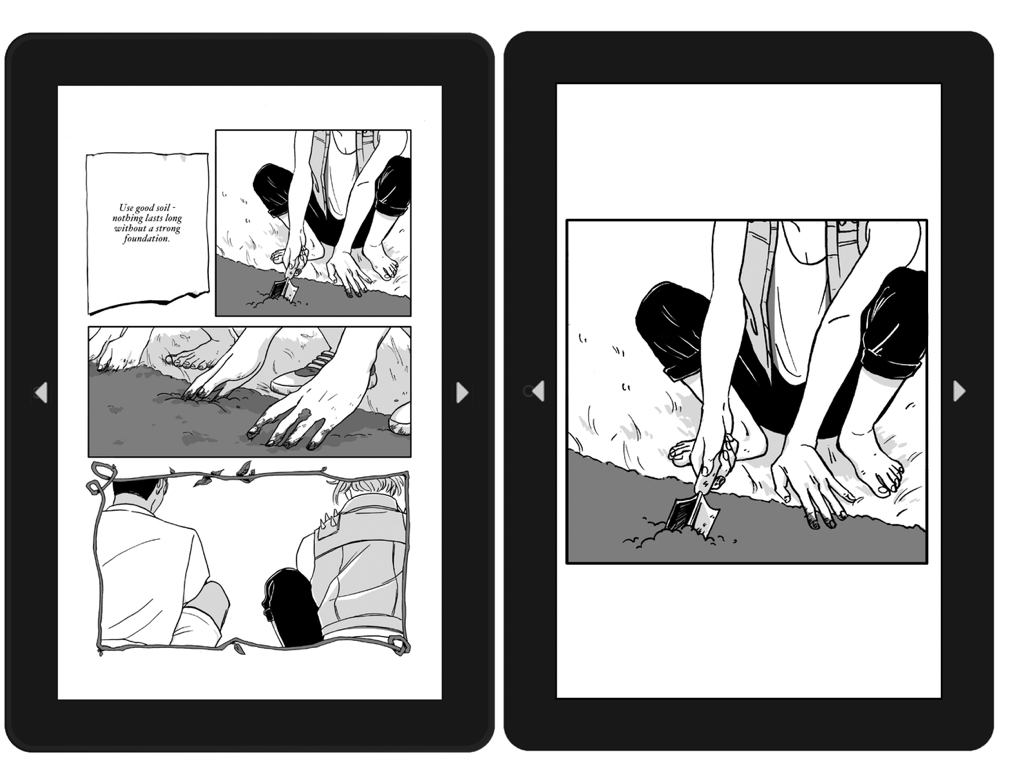
By taking control of these factors, you can shape the reading experience and make sure your comic is easily digestible and navigable for readers. A mobile-friendly view is more important than ever nowadays, so a platform with guided navigation can be of great use to you.
5. Market the story to readers
Your comic is out in the world — congratulations! Now, it’s time to get your work read.
Brush up on your marketing skills
You might think that your launch campaign is enough to build up hype. In reality, book marketing is an ongoing process, both before and after you’ve published. Your efforts need to continue post-launch, especially if you’re going to be publishing subsequent issues of your comic.
Your options are myriad, from running ads to navigating the Amazon algorithm to boost your comic’s visibility. You can check out our guide on book marketing for where to begin, and find further resources and reading recommendations.
For a more detailed action plan, you can download your free copy of Ricardo Fayet’s marketing bible, How to Market a Book. You might also consider contracting the services of a professional marketer, who can show you how to get the most out of your comic book. It’s a worthwhile investment if you’re serious about your comic book’s success.
If you want a couple of suggestions to get you thinking about this very important part of the publishing process, then check out the marketing tactics below.
Get editorial reviews
Nothing helps sell your book better, especially in the long run, than recommendations from enthusiastic readers. To build up your comic book’s testimonial footprint, you should always encourage your readers to leave reviews on any online storefront. However, you may need to do a little more than simply asking to get the kind of reviews you need to bolster your book’s reputation.
We have a whole guide on how to get book reviews, but here are the headlines. As well as star ratings and reviews from your general readership, you always want to secure some editorial reviews for your work. These are longer, more in-depth and reader-focused reviews, usually by a reviewer with some kind of credentials that make their opinion weighty. These will not only bring exposure to your work, but are also a valuable marketing tool; snippets of editorial reviews can be included in your Amazon product page or displayed on ads to show potential readers that your comic is well regarded.
You can contact bloggers and influencers to offer them a copy of your comic for review. Another way of securing an editorial review is using a service like Reedsy Discovery, which connects authors with experienced reviewers who’ll give an honest, unbiased, and detailed review of your work.
Free course: How to get book reviews
Learn how to get the book reviews you need to turn browsers into buyers. Get started now.
Consider making it available on unlimited services
To get as many eyeballs on your new title as possible, consider submitting it to ComiXology Unlimited, a program which, similar to Kindle Unlimited, gives readers unlimited access to a vast library of titles in return for a flat subscription fee.
While enrolling into an all-you-can-read scheme means that you get lower compensation for time someone picks up your book than direct sales, it is an effective way to increase exposure and thus reviews for your comic. Most digital retailers also have systems that rank and promote bestsellers (i.e. Amazon algorithms) so that the more your comic gets downloaded, the more visibility it gets. In other words, popularity breeds popularity, and the loss in compensation caused by listing your first issue in an unlimited service may be made up for by your next issues, which will be released to a wide audience that's already familiar with your name.
Make sure your investors get something extra
Don’t forget the people who got you where you are! Following through with backer perks is extremely important.
Send out any promised rewards, and share with them how the release went — as well as how their support made a difference to your publishing experience. This kind of dedicated fans is what makes the comic world go round, so it’s important to keep them happy and excited for any subsequent releases.
6. Engage with fans and other comic book creators
Now that your comic book is being read, it’s time to reap the rewards — including interacting with a whole host of new fans.
Stay in touch with your readers
You don’t want to drop off the map — keep the momentum going by staying active on social channels. Let people know how your follow-up is coming along, announce any promo deals, and share other works your readers might be interested in.
You can also answer their questions and engage with fan theories or artwork — Andrew Hussie, the creator of webcomic HomeStuck, regularly took onboard fan feedback and incorporated their suggestions into his artwork. It was that kind of interaction that made HomeStuck such a cult hit with a drove of invested fans.
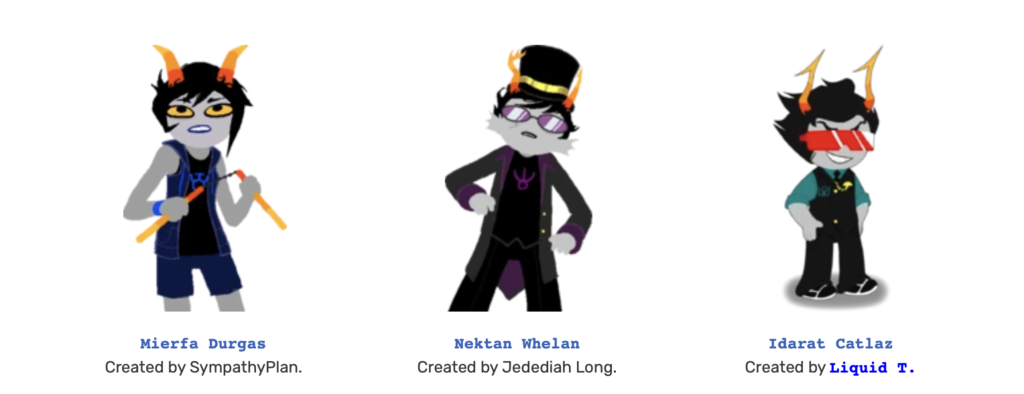
Attend comic conventions
Comic cons are a great opportunity for getting out in person to meet existing readers and introduce yourself to potential new ones. Sign up for local conventions, offer to speak on panels, and consider hiring out a booth to set up shop. Don’t forget to bring copies to sign and sell. Exclusive merch, giveaways and business cards are not a bad idea either.
Work with other comic book writers
By collaborating with other writers on shared projects, you can cross-pollinate your audiences and learn from one another’s expertise. It’s a win-win, and a natural next step once you’ve got a couple of issues of your own under your belt.
Conventions are a great way to network with other writers and artists, but you can also do this on socials. If you spot an artist whose work you love, reach out to them and let them know. Support their endeavors where you can, and interact in a friendly and professional manner. These kinds of connections can turn into collaborations down the road — you never know unless you try!
That said, have patience in building this network and finding potential collaborators. Prominent writers and artists will likely be wary of smaller artists who reach out with unsolicited requests for collaborations, so take your time to build your name up before coming in with specific pitches or collab requests. If you’re dead set on working with another artist or writer as soon as possible, focus your efforts on artists of comparable audience size for the best chance of success.
Remember, the first issue is only the first step in a long career of blooming artistry! If you’re invested in your future as a comic writer, then these steps on how to publish a comic book should set you up for a good start.
